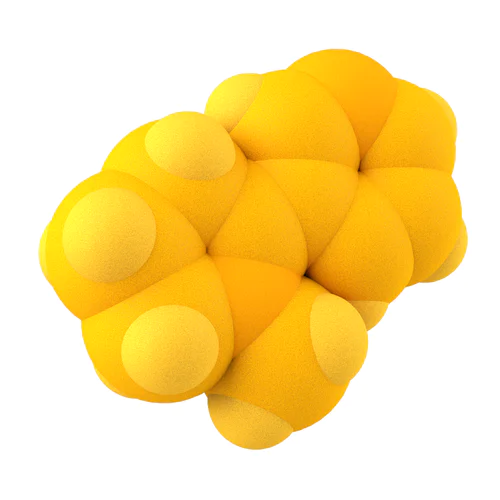What is nicotine?
Nicotine is a naturally occurring organic substance which belongs to a group of chemicals known as alkaloids. Nicotine is produced by plants of the Solanaceae (nightshade) family—which includes all species of Nicotiana plants, also known as tobacco plants, which are notable for containing the highest levels of nicotine. It is also present, in lower concentrations, in related plants such as potatoes, tomatoes, peppers, and eggplants.
While nicotine in the tobacco plant is thought to be used as a defense mechanism against insects and pathogens, people have, for millennia, recognized the stimulating effects of inhaling the nicotine-containing smoke produced when dried tobacco leaves are burned. Cigarettes, cigars, and other products that burn tobacco are all designed to emit this inhalable nicotine-containing smoke.
